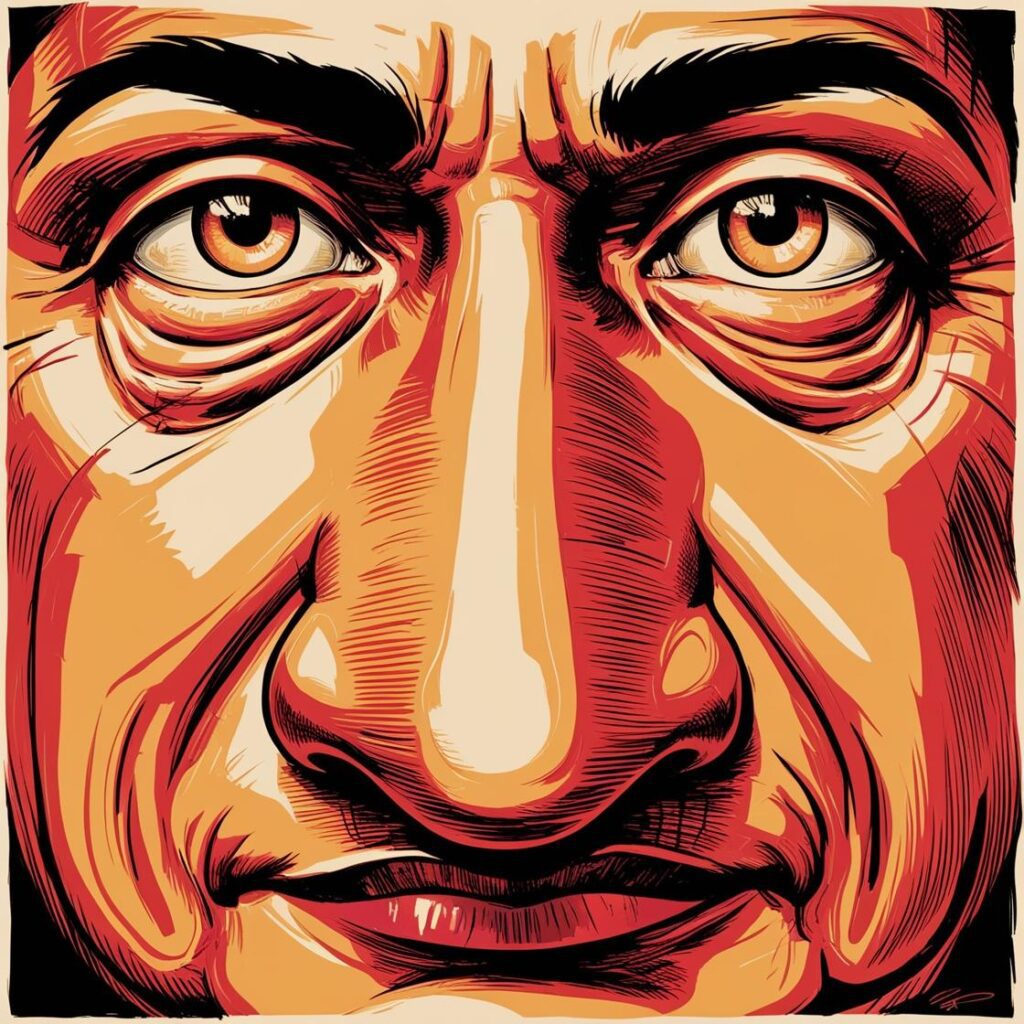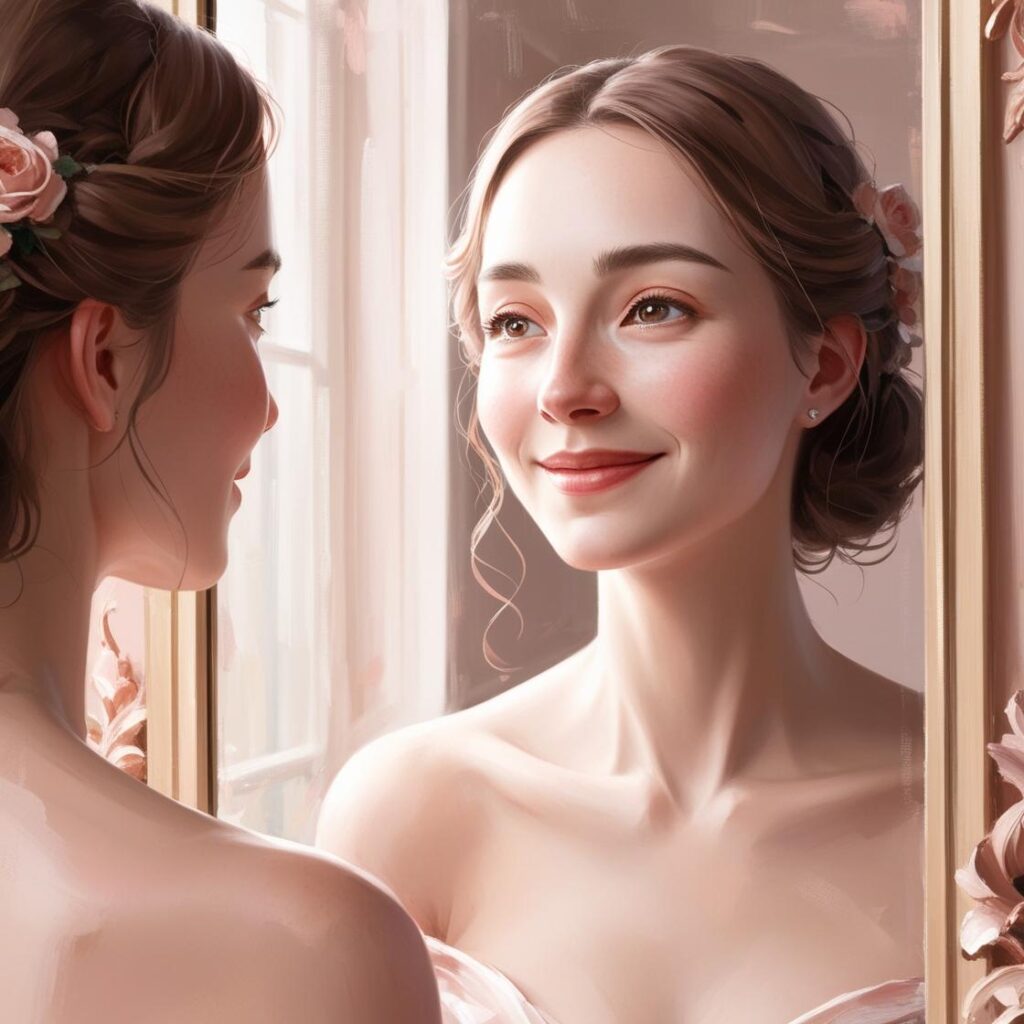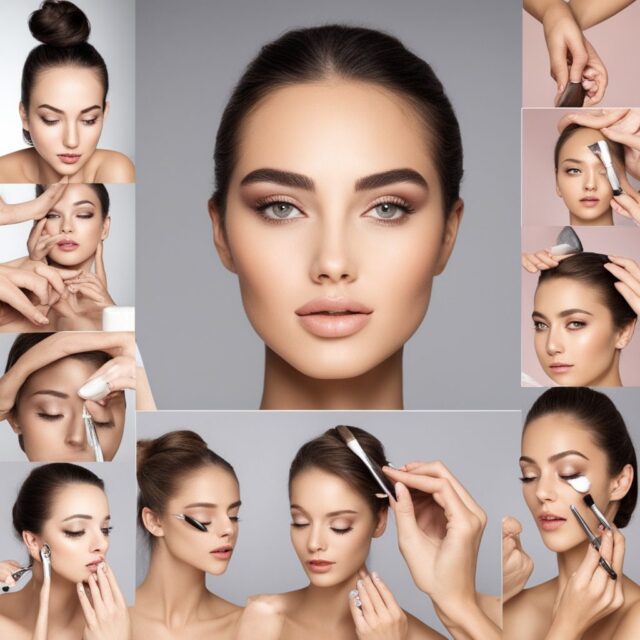A bulbous nose is a term a patient uses to describe a bulb on the nose end. The size of the bulb usually varies individually. In medical terms, a bulbous nose is also termed rhinophyma. It affects older men than women and usually occurs between 20 and 30. Rhinoplasty can help improve this condition.
What Causes a Bulbous Nostril?
This condition, bulbous nose, is mainly caused by overlapping soft tissues or defective anatomy of alar cartilage or maybe due to Rosacea.[1] Rosacea causes red-coloured, inflamed skin that flushes and blushes without any difficulty. The condition starts as young as 20 to 30 and worsens as the stages progress. A bulbous nose (Rosacea) can move towards the eyes if untreated. Skin gets thickened, swollen, and wide blood vessels or oil glands in this condition.[2] Some people are more vulnerable to this condition than other groups, such as men, older people, skinned people, white people, and family history of bulbous nose or Rosacea.
Some people believe a bulbous nose can result from chronic alcoholism or alcohol addiction. However, no evidence indicates a link between having a bulbous nose and alcohol consumption. Additionally, a bulbous nose is a genetic thing, and it grows as the person grows older.
Bulbous Nose Treatment
Although it affects many people worldwide, the good news is that a bulbous nose is treatable with a surgical procedure (rhinoplasty). The procedure provides a flat face and nose proportion.[3] The surgery will improve the overall harmony of your face.
In surgery, surgeons focus on special surgical techniques to remove hypertrophic areas of nose tips without disturbing the normal anatomy of the nasal structure. Rhinoplasty surgery can produce a more satisfying and natural-looking nose tip of your face.
Nevertheless, patients with thick skin require thinning the nasal tip to provide long-term and satisfying results. Some techniques include open or closed rhinoplasty for bulbous nose reshaping, suturing to sharpen the nasal tip, and removing abnormal cartilage. Cartilage reshaping can be used in rhinoplasty surgery for better results, as discussed below:
- Open or Closed Rhinoplasty: Surgeons use open and closed rhinoplasty surgery based on the patient’s condition. While in open rhinoplasty, two incisions are made inside the nostrils, with one incision across the columella (portion between both nostrils).[4] Closed rhinoplasty includes incisions that can be generally made within the nose.[5] Closed or open rhinoplasty offers different benefits to patients. Closed rhinoplasty offers more comfort and quick restoration during the patient’s recovery. On the other hand, open rhinoplasty provides more accurate results for complicated cases or changes in the nasal anatomy at an advanced stage.
- Suture Technique for a Sharper Nasal Tip: This is another helpful technique used for a bulbous nose that can reshape the nasal end of the patient.[6] Patients with a favourable nasal structure are good candidates for this technique because it can treat abnormal nasal tips without changing the cartilage structure. Surgeons use the suturing technique to modify your nasal tip to give it a natural appearance.
- Cartilage Grafting: Involves removing or reshaping the cartilage to reduce the width and roundness of the bulbous nose. The cartilage grafting is only used when necessary. It can provide prolonged results, and the natural appearance of the nose and face anatomy is reserved.[7]
Benefits and Risks of Rhinoplasty
There are some favorable benefits of a rhinoplasty which can provide a more natural look to your face and boost your confidence. Some of the good reasons to consider rhinoplasty are:
- More defined and better-harmonized nose tip. Rhinoplasty can create sharp nasal tips that add defined features to your nasal harmony.[8]
- Rhinoplasty can shape the shapeless nose. A shapeless nostril can decrease your confidence.[9]
- Reduced size of the nasal bones as these bones can make the nose unnatural.
- Rhinoplasty can provide a natural-looking bridge scoop.
- Improves the bridge bumps, which are caused as a result of cartilage overgrowth.
- Reducing the large blood vessels.
- Rhinoplasty can reduce breathing difficulty and sinus in the bulbous nose by improving the nasal structure.
- Rhinoplasty can improve facial symmetry considerably. The nose and face look more symmetrical than before.[9]
Nevertheless, every coin has two sides. The patient needs to know about the risks of rhinoplasty.
- There are chances of visible scarring on the columella due to a rhinoplasty. However, those scars fade out to a degree wherein they’re now no longer noticeable.[10]
- Difficulty breathing can occur because of narrowing cartilage or the size of the nose. In this case, airflow surgery is helpful.
- Mild pain or moderate to severe swelling, redness, and numbness at the surgery site.[11]
- Skin peeling and bruising may occur.
- Infections may occur in some cases, which antibiotics can eliminate.[12]
- Taking a longer time to heal.
Rhinoplasty of the Bulbous Nose at 60 Years Old
Men are likelier to have bulbous noses, while women are prone to Rosacea. Doctors or surgeons may prescribe you various topical creams or antibiotic pills, such as retinol or glycolic peels, to improve the condition in the early stages.
The aim of prescribing these drugs is to prevent swelling or worsening of the skin.[13] Surgery is the best choice to treat patients in cases like moderate to severe. There isn’t any hassle with having rhinoplasty at age 60 besides in a few cases. However, rhinoplasty has benefits and complications for a bulbous nose at age 60. Consult your doctor or surgeon for the best treatment option based on your condition.
Management Tips for Post-Operative Care
Generally, people recover from bulbous nose rhinoplasty within 10 to 15 days. Patient stitches are removable after seven days of the surgery. The nose swells a little, which is less noticeable. The swelling will slowly disappear, while the nose tip may require extended healing time.[10] Here are some suggestions for post-operative care for bulbous tips:
- Get enough rest and give your nose time to heal.
- Do not ignore the wound care process.[14]
- Avoid swimming for at least 28 days after rhinoplasty.
- Strictly comply with your surgeon’s instructions.
- Do not get involved in any activity that targets your nose.
- Do not touch your face repeatedly or heavily.[15]
- Do not forget to counsel your surgeon in case of any query or issue.
- Stay in touch together along with your surgeon.


